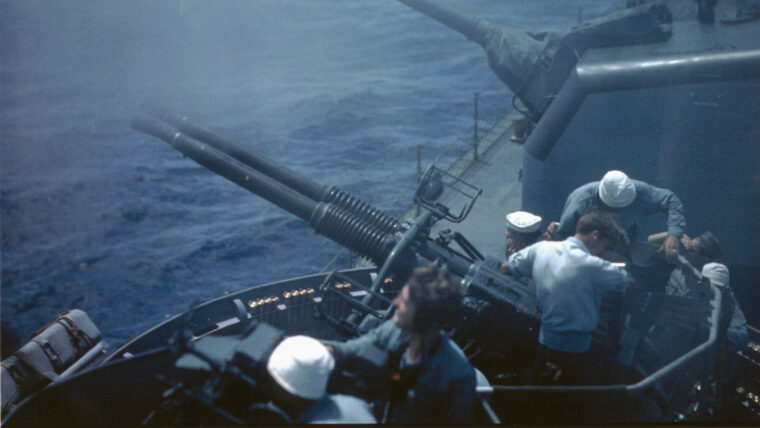
Savagery off Samar: Interview with Jack Yusen
Interview by John WukovitsThe 18-year-old seamen bobbed in the oily waters off the Philippine coast with other survivors of the October 25, 1944, battle. Read more

The 18-year-old seamen bobbed in the oily waters off the Philippine coast with other survivors of the October 25, 1944, battle. Read more
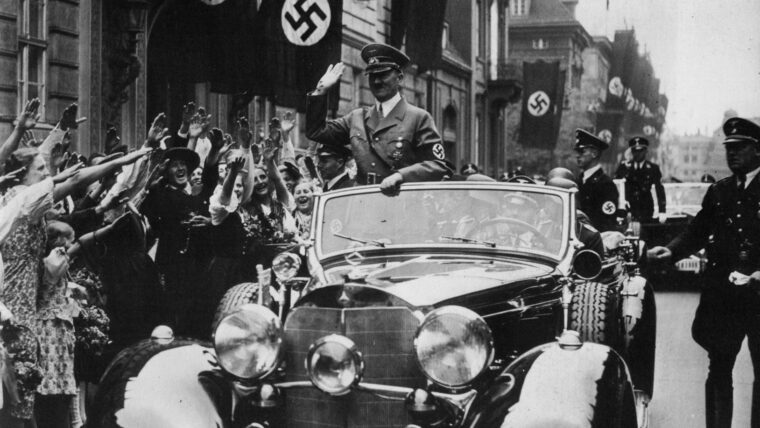
Few would argue that Daimler-Benz is one of the most prominent and highly regarded motor vehicle manufacturers in automotive history. Read more
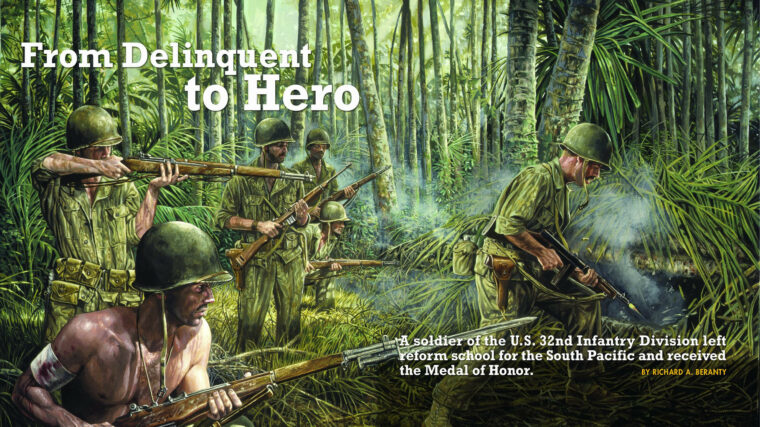
Donald R. Lobaugh was a juvenile delinquent, a kid sent to reform school when he was 16 years old. Read more
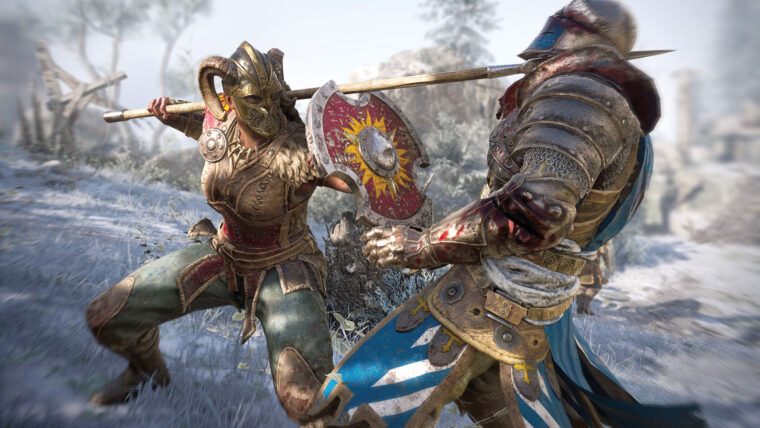
When you first get your hands on Ubisoft Montreal’s For Honor, you might not know quite what to make of it. Read more
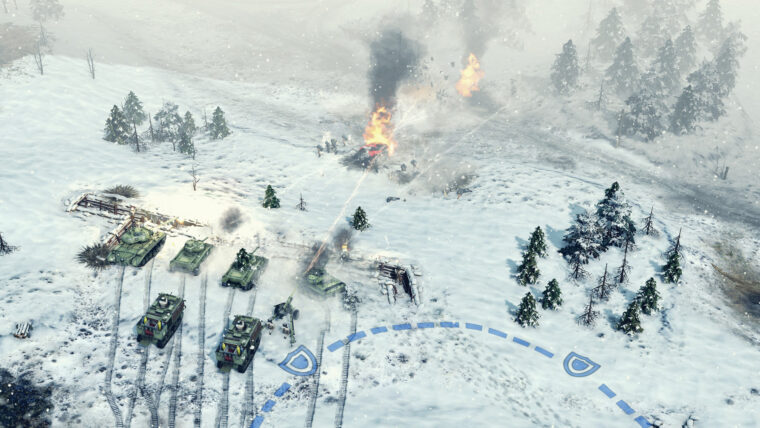
Kalypso is back with more from the Sudden Strike series, which means we get to return to the battlefields of World War II in an updated and more realistic manner than before. Read more
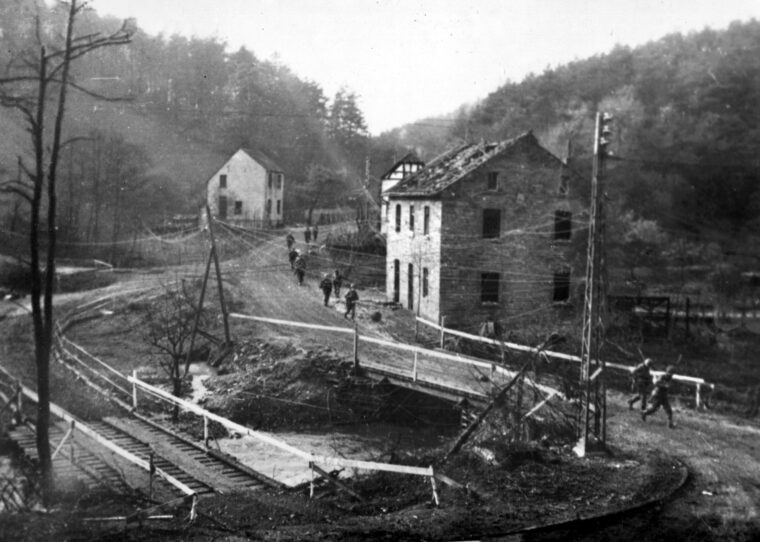
The woods were close-planted fir trees, and the shell-bursts tore and smashed them, and the splinters from the tree bursts were like javelins in the half-light of the forest,” wrote war correspondent Ernest Hemingway of the experience of Lt. Read more
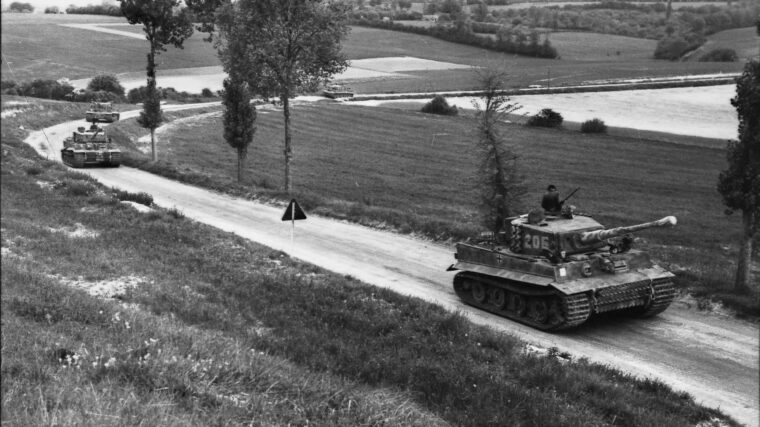
Straddling the River Orne nine miles from the English Channel coast, the French medieval city of Caen was the focal objective of Lt. Read more
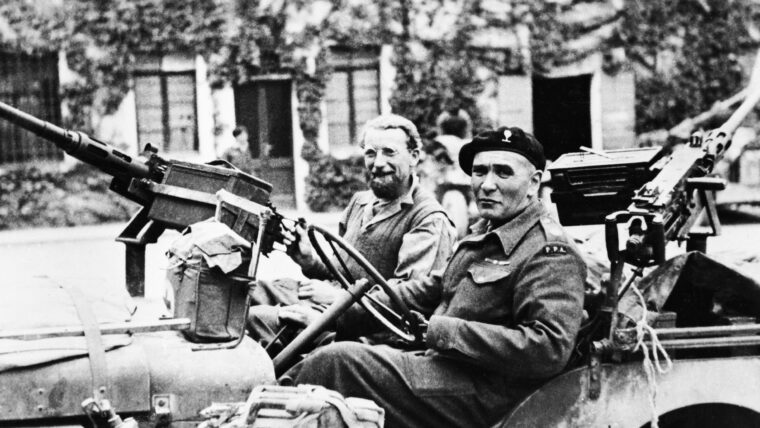
In September 1942, two patrols of armed jeeps and trucks of the Long Range Desert Group (LRDG) raided the German airfield at Barce. Read more
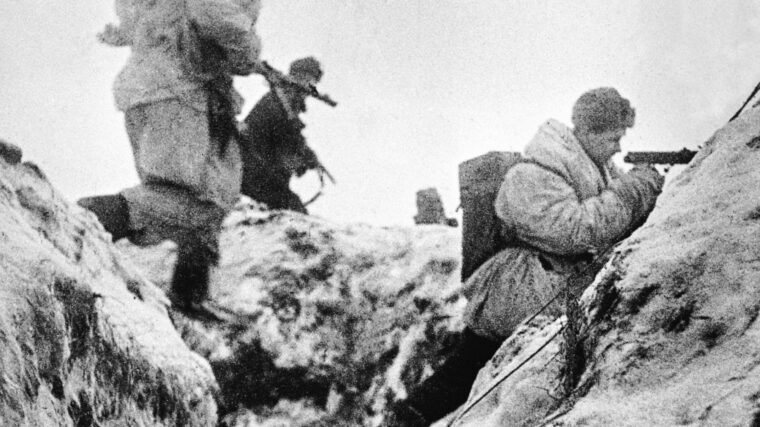
With the German Sixth Army in its death throes at Stalingrad in January 1943, Stavka, the Soviet High Command, sought to capitalize on the disaster by unleashing massive offensives along the entire German-Soviet front. Read more
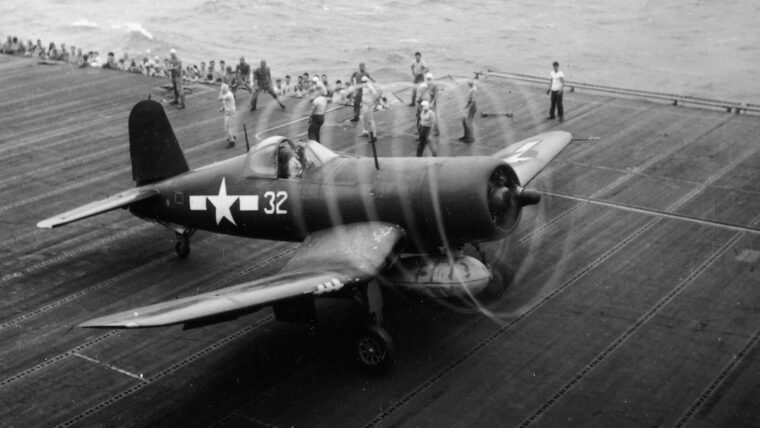
Thanks to the rather far-fetched mid-1970s TV series Black Sheep Squadron, the bent-wing image of the Chance-Vought F4U Corsair is no doubt one of the most vivid of the World War II fighters in the minds of most Americans. Read more
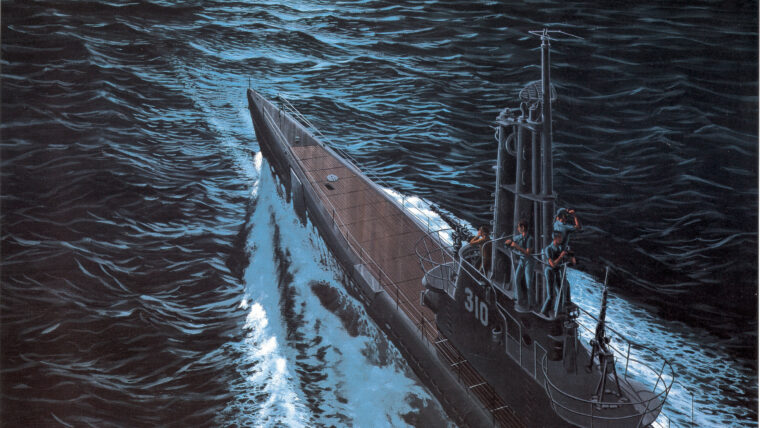
She was a sleek, efficient, deadly killer, a home to six officers and 60 enlisted men, and a holy terror to the enemy. Read more
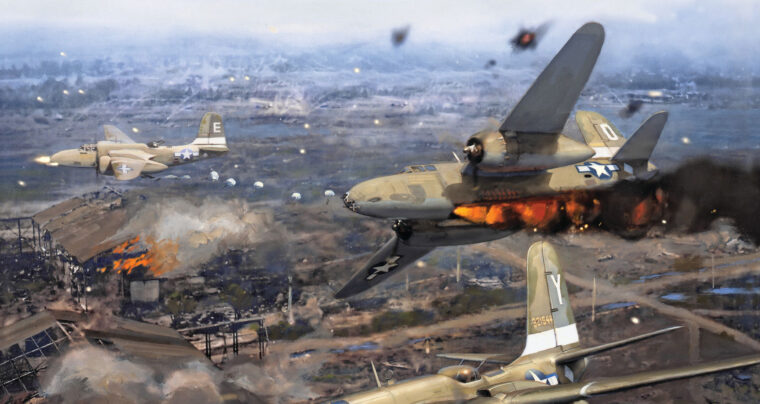
General Douglas MacArthur, Supreme Allied Commander Southwest Pacific Area, kept his promise to return to the Philippine Islands when his Sixth Army under the command of Lt. Read more
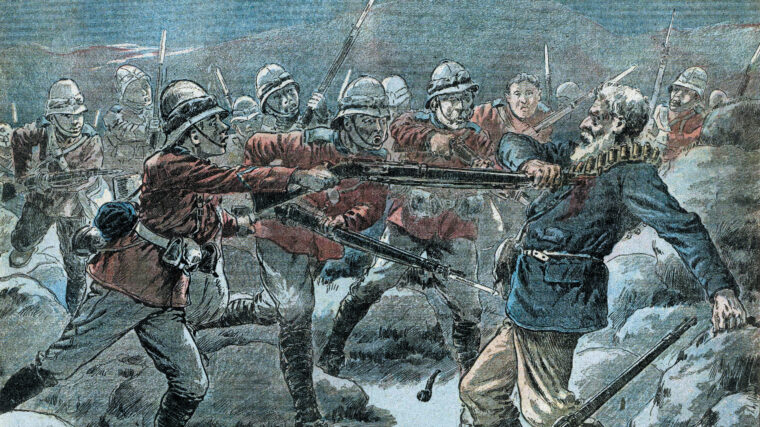
It is somehow fitting that the Boer War spanned the end of the 19th century and the beginning of the 20th, since the conflict itself represented both the last old-fashioned war and the first modern one. Read more
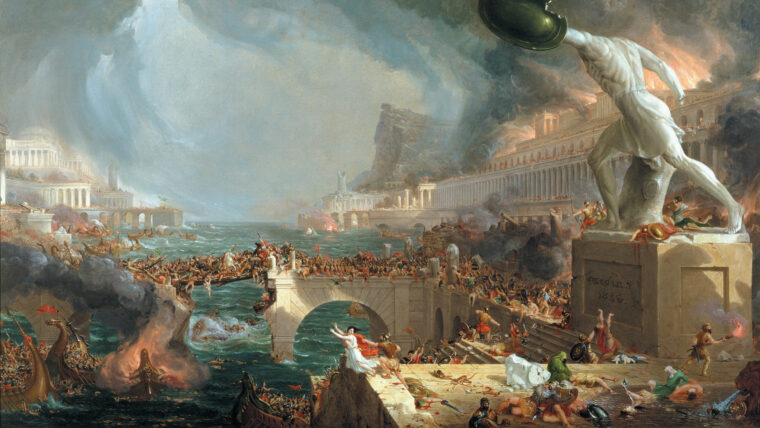
The tattered banners of Hercules fluttered in the howling wind along the Frigidus River in western Italy, hard athwart the Adriatic Sea, on the afternoon of September 6, 394 ad. Read more
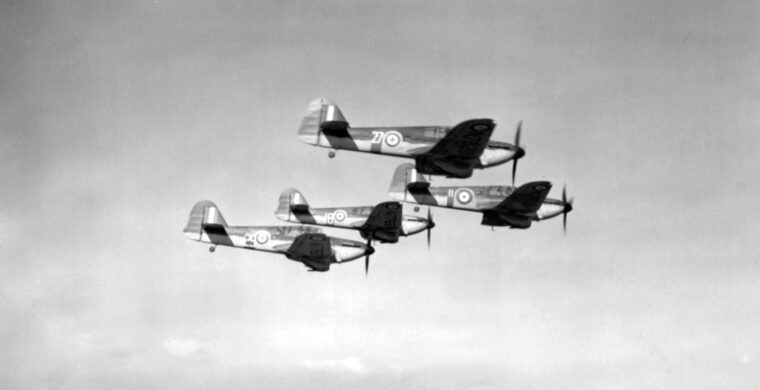
The first of the three Eagle Squadrons was formed at Church Fenton, Yorkshire, in September 1940. The idea of forming an all-American squadron in the RAF was not a wildly popular one— with either the British or the Americans. Read more
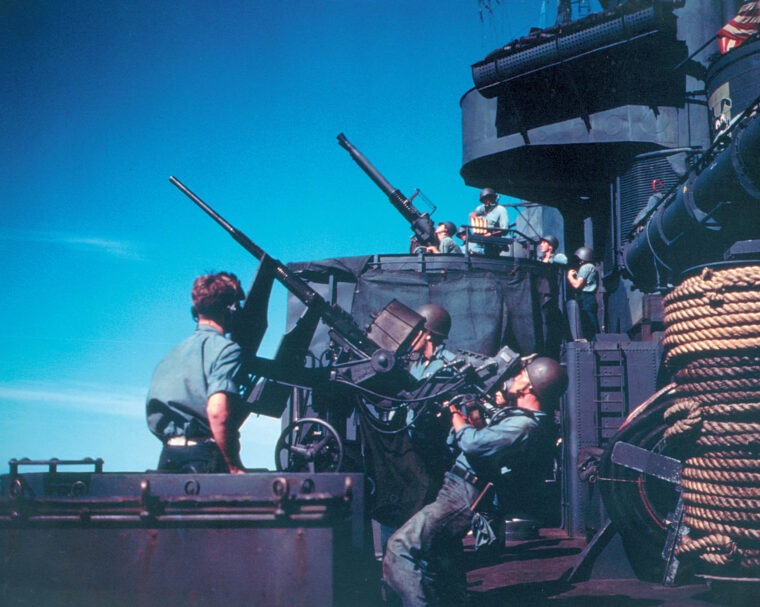
Lieutenant Tom Bronn glanced anxiously at the fuel gauge on his Grumman TBF Avenger torpedo bomber. He had been aloft for almost four hours, engaged in a hectic combination of trying to locate Japanese ships he knew to be in the Philippine Sea, diving down to unleash his four bombs at a carrier as dusk enveloped his aircraft, and then embarking on a desperate search for his own carrier, the USS Lexington, in the darkness. Read more
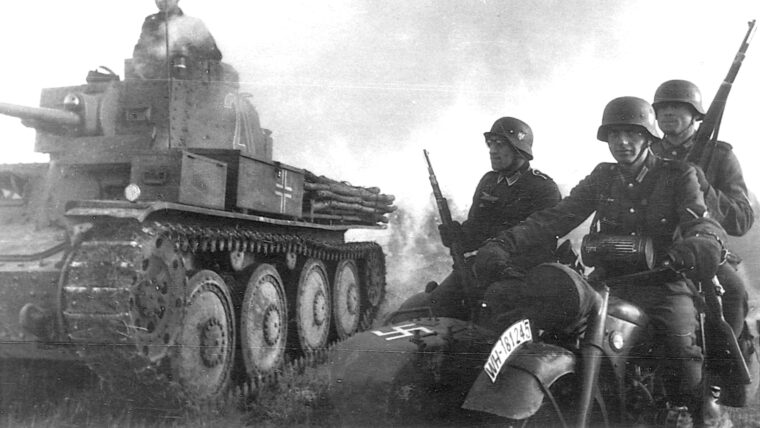
Poland, the Netherlands, France, the Balkans, and Russia were subjected to Germany’s blitzkrieg between 1939 and 1941. At the forefront of those assaults were tanks of Czechoslovakian design. Read more
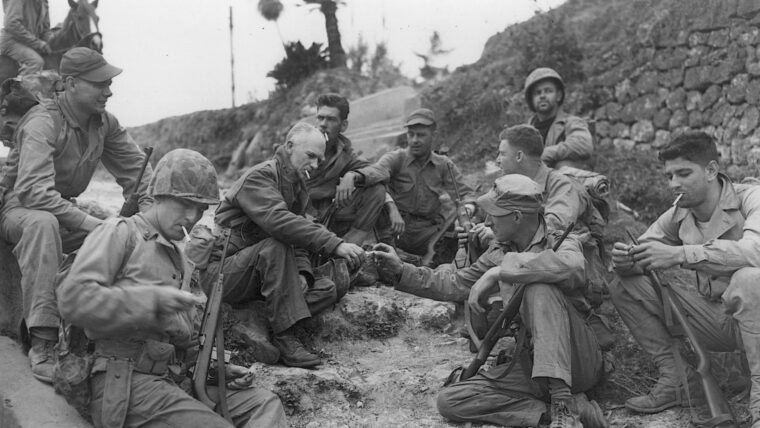
Ernest Taylor Pyle was born August 3, 1900, in Dana, Indiana. He came from a farm family. Read more
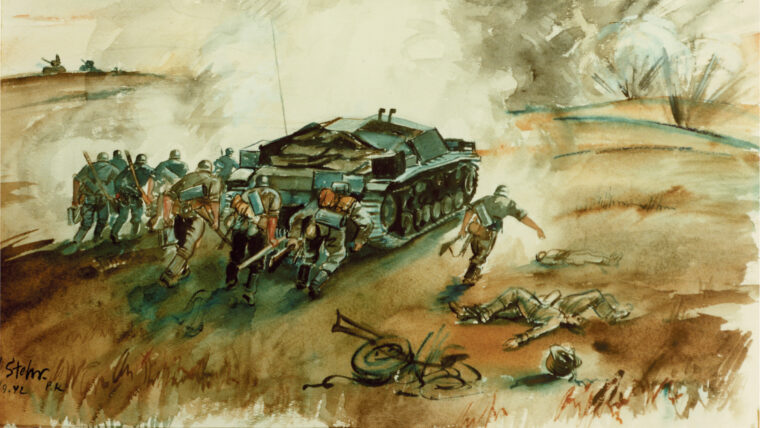
During the winter of 1941, both the Red Army and the German Wehrmacht experienced a terrifying bloodletting. Adolf Hitler’s seemingly invincible armies, having advanced hundreds of miles inside the Soviet Union, were slowed by the October muddy season that had turned all but a few roads into almost impassible quagmires. Read more
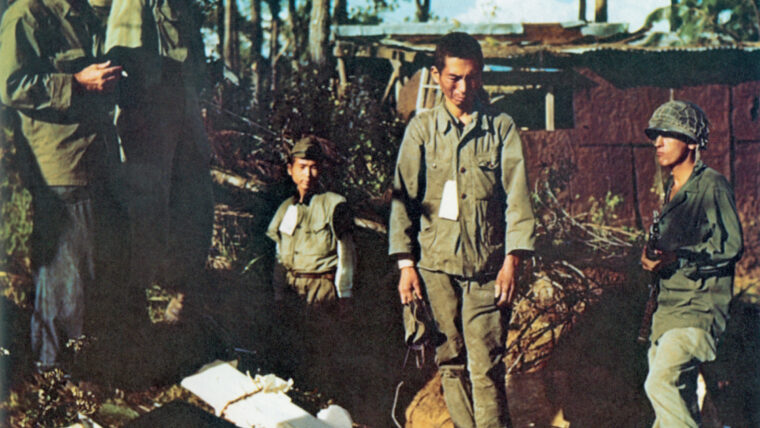
The Japanese empire was a fine place for young Hiro Onoda. In 1939, at age 17, he hired on with a lacquerware company that posted him to Hankow (Wuhan) in Japanese-occupied China. Read more